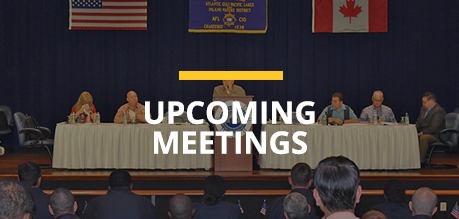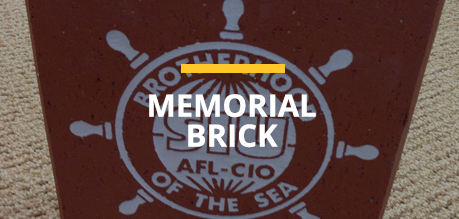The following news release was issued by the Lexington Institute, a think tank based outside of Washington, D.C. The Lexington Institute’s self-described goal is “to inform, educate, and shape the public debate of national priorities in those areas that are of surpassing importance to the future success of democracy, such as national security, education reform, tax reform, immigration and federal policy concerning science and technology.”
The full news release can be found here.
Venerable Jones Act Provides An Important Barrier To Terrorist Infiltration Of The Homeland
The debate of enhancing U.S. border security has focused almost exclusively on illegal movement of people and drugs into the southern United States from Mexico. Yet, the southern border is actually the smallest at 1,989 miles. The U.S. border with Canada is almost three times longer at 5,525 miles.
All of this country’s land borders are dwarfed by the 95,000 miles of national shoreline. This includes the Pacific, Atlantic and Gulf coasts as well as the Great Lakes separating the United States from Canada. Along this shoreline are many of America’s greatest cities: Los Angeles, San Francisco, Portland, Seattle, Chicago, Boston, New York, Philadelphia, Charleston, Savannah, Miami and Tampa. Virtually all of these are associated with ports through which pass millions of cargo containers and hundreds of thousands of passengers.
Moreover, the United States is a nation of rivers. A ship entering the homeland through a coastal port such as New Orleans will have access to the deep interior. The inland waterways of the United States encompass over 25,000 miles of navigable waters, including the Intracoastal Waterway, a 3,000-mile waterway along the Atlantic and Gulf Coasts. This liquid highway touches most of America’s major eastern cities including Washington DC, Philadelphia, Baltimore, Chicago, New Orleans and Mobile. Inland and intracoastal waterways directly serve 38 states from the nation’s heartland to the Atlantic seaboard, Gulf Coast and Pacific Northwest.
A significant portion of the movement of ships in U.S. waters is governed by the Merchant Marine Act of 1920, also known as the Jones Act. Only vessels conforming to the provisions of the Jones Act are permitted to carry passengers or cargo between two U.S. ports, a process also termed “cabotage.” These vessels must be built in the United States, owned by U.S. citizens, and operated under the laws of the United States. In addition, all officers and 75 percent of the crews of vessels engaged in cabotage must be U.S. citizens, with the remainder being citizens or lawfully admitted aliens.
The Jones Act was meant to pursue a number of national objectives. The most obvious was to support a robust U.S. shipbuilding industry and merchant marine. In addition, Jones Act ships provided an important logistics support capability for the U.S. Navy.
A less well-appreciated but ever more important service provided by the Jones Act is in the area of homeland security. Since 2011, the Departments of Defense and Homeland Security along with domestic law enforcement agencies at both the state and federal levels are expending enormous amounts of manpower and resources to secure the nation’s ports and waterways. Foreign owned and operated ships routinely enter U.S. ports. But their movements and those of their crews are subject to a variety of controls and restrictions. For example, without valid passports, foreign sailors are restricted to their ships and the immediate port area.
It is particularly important that those vessels and crews which routinely travel between U.S. ports and especially the inland waterways through America’s heartland pose no threat to the homeland. It is for this reason that the higher standards with respect to ownership and manning requirements for Jones Act ships are so significant.
The task of securing U.S. seaports and foreign cargoes is daunting by itself. It makes no sense to add to the burden facing domestic security agencies by allowing foreign-owned ships operated by foreign crews to move freely throughout America’s inland lakes, rivers and waterways. The requirement that all the officers and fully 75 percent of the crews of vessels engaged in cabotage be U.S. citizens goes a long way to reducing the risk that terrorists could get onboard or execute an attack on a U.S. target. In effect, there is a system of self-policing that reduces the requirement for law enforcement and homeland security organizations to expend time and effort to ensure that these vessels and crews are safe to traverse U.S. waters. Were the Jones Act not in existence, the Department of Homeland Security would be confronted by the difficult and very costly requirement of monitoring, regulating and overseeing foreign-controlled, foreign crewed vessels in coastal and internal U.S. waters.
# # #





Comments are closed.